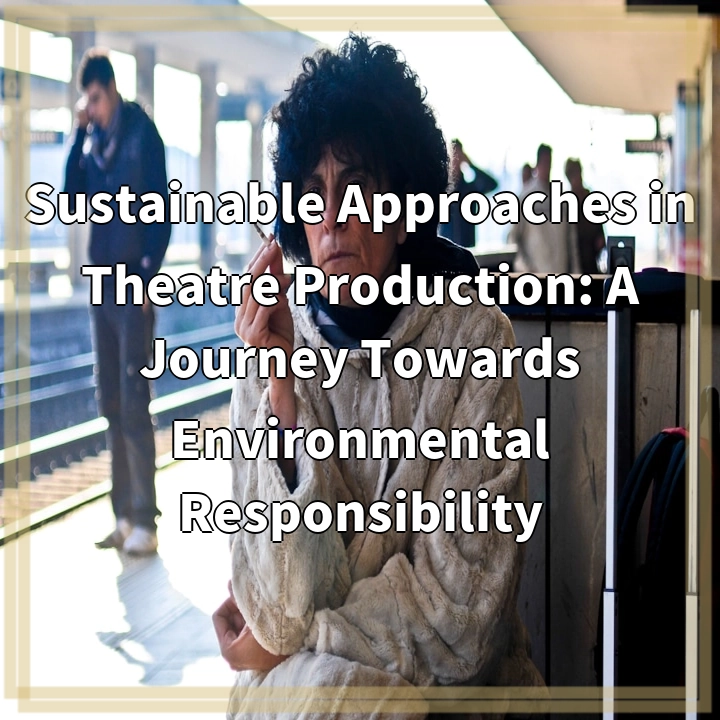
What it is:
Eco-Friendly Innovations in Camping Gear refer to the development and use of sustainable and environmentally-friendly alternatives to traditional camping equipment. These innovations aim to minimize the negative impact on the environment while allowing outdoor enthusiasts to enjoy their adventures responsibly.
Real-World Problems:
1. Waste Generation: Traditional camping gear, such as disposable plastic cutlery, single-use batteries, and non-recyclable materials, contribute to waste generation in natural areas. Improper disposal can harm ecosystems and negatively impact wildlife.
2. Carbon Footprint: Camping gear that relies on fossil fuels, such as gas stoves and lanterns, contribute to greenhouse gas emissions, thereby exacerbating climate change. Transportation of camping equipment also contributes to carbon emissions.
3. Resource Depletion: The production of conventional camping gear involves the extraction of finite resources, such as plastics and metals. The extraction process can result in habitat destruction and pollution.
4. Chemical Pollution: Some camping gear contains harmful chemicals, such as flame retardants or toxic dyes, which can leach into the environment, contaminating soil and water sources.
5. Durability and Longevity: Many conventional camping products are designed with planned obsolescence in mind, resulting in a shorter lifespan and more frequent replacements. This not only adds to consumer costs but also increases waste generation.

Solutions to Eco-Friendly Innovations in Camping Gear:
1. Sustainable Material Alternatives:
One solution is the use of sustainable materials in the production of camping gear. This includes utilizing recycled materials, biodegradable components, and natural fabrics, reducing the reliance on non-renewable resources. Eco-friendly innovations like tents made from hemp or bamboo-based cookware are gaining popularity.
2. Energy Efficiency:
Promoting energy efficiency in camping gear can significantly reduce the carbon footprint associated with outdoor adventures. This can be achieved through the use of solar-powered lanterns, rechargeable batteries, and energy-efficient cooking systems, minimizing the reliance on fossil fuels and reducing environmental impact.
3. Minimalist and Multi-Functional Designs:
Encouraging the development of minimalist and multi-functional camping gear reduces waste generation and promotes longevity. Innovative designs that integrate multiple functions into a single product reduce the need for excessive gear and contribute to a more sustainable camping experience.
4. Chemical-Free and Non-Toxic Options:
Selecting camping gear that is free from harmful chemicals and toxins ensures a healthier camping experience for both people and the environment. This involves choosing gear with certifications like Oeko-Tex Standard 100, which ensures the absence of harmful substances.
5. Education and Awareness:
Promoting education and awareness about the environmental impact of camping gear is essential for encouraging sustainable choices. Providing information about eco-friendly alternatives, highlighting case studies and success stories, and raising awareness about the importance of responsible outdoor practices can empower individuals to make conscious decisions.















